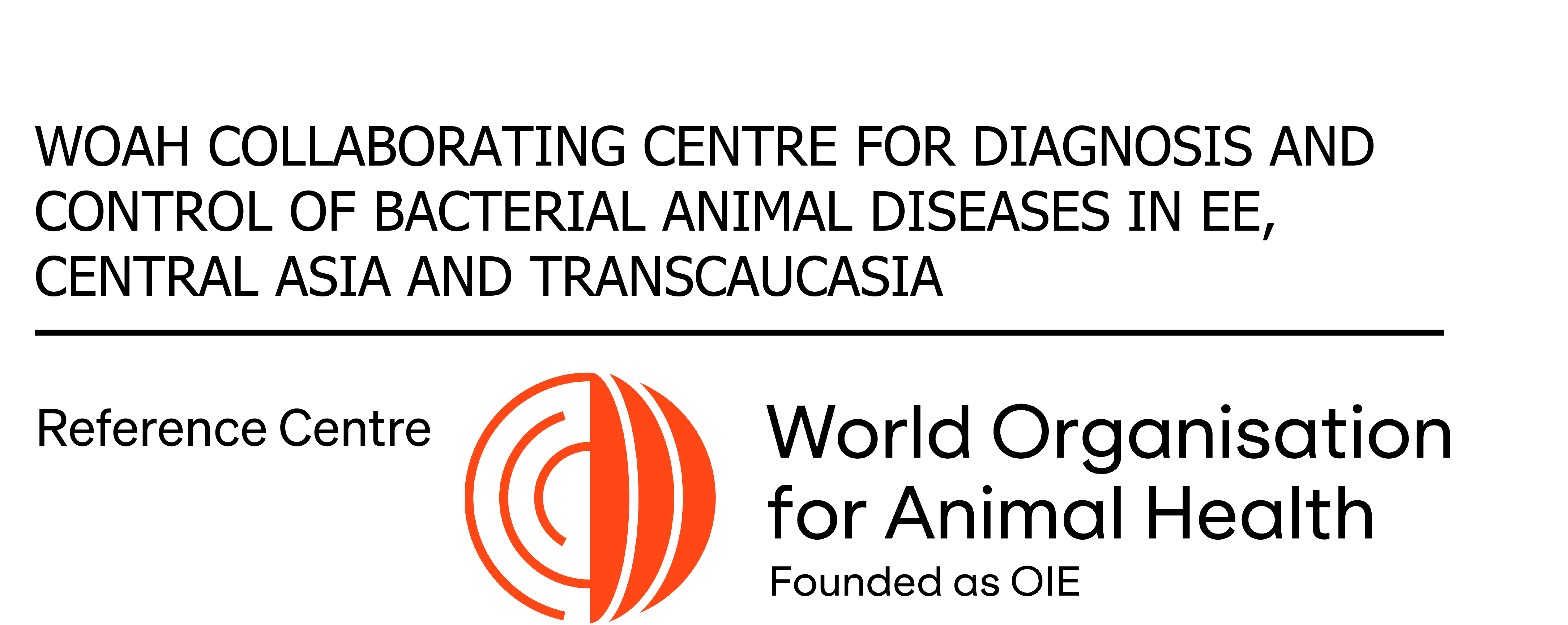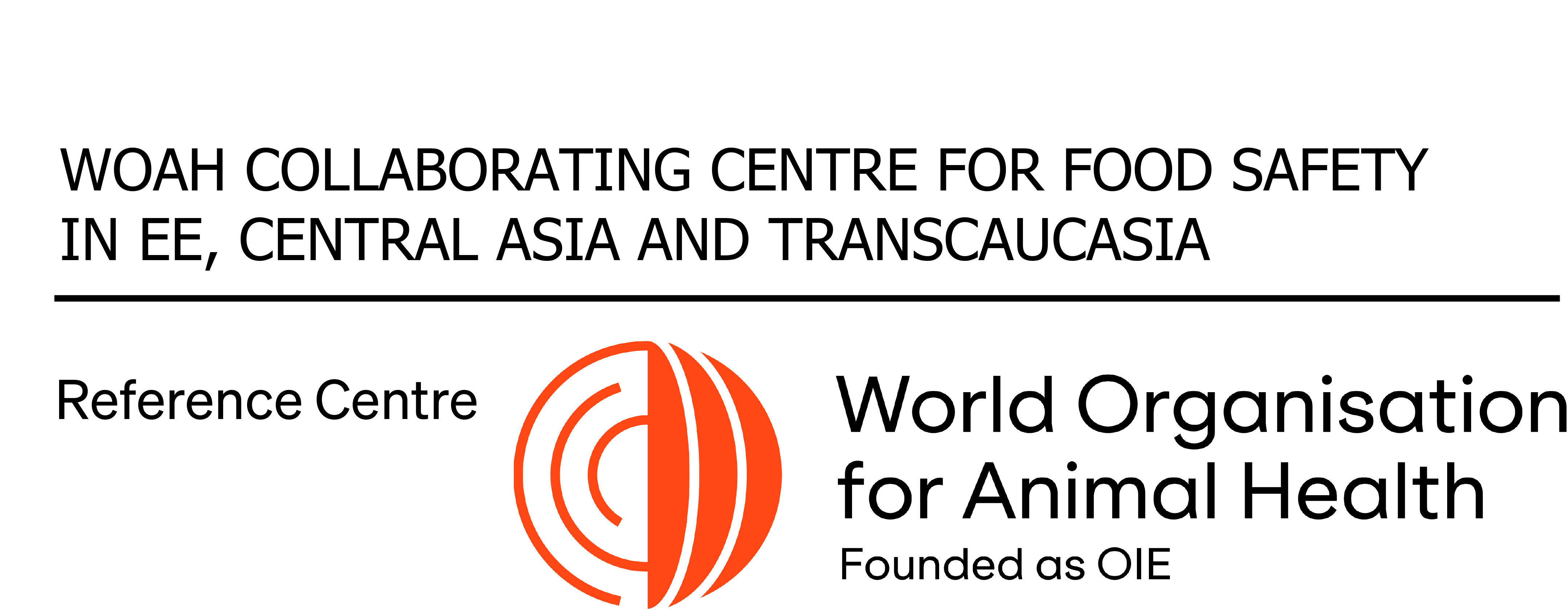VGNKI researchers to develop universal method of fish species identification in food
Federal State Budgetary Institution «The Russian State Center for Animal Feed and Drug Standardization and Quality» (FGBU VGNKI) is developing a new molecular genetic method that allows to differentiate fish meat between closely related species in food products to improve the system of fishery products quality control. This method can be also used for the analysis of multicomponent products (semi-finished and finished fish products, canned fish) and will create an opportunity for a more effective system of counterfeit foodstuff detection. The research is being undertaken since 2016. The latest findings were presented by the researchers of the Molecular Biology Division at the 40th International Conference on Environmental and Food Monitoring that took place in Santiago de Compostela (Spain) from 19 to 22 June this year.
Substitution by cheaper fish species results not only in the loss of quality and nutritional value of fish product, but in some cases may affect the consumer's health. Earlier in 2015, the VGNKI researchers developed a method for species identification of animal and fish meat in single component products (e.g. fish fillet). The technique is based on sequencing a fragment of mitochondrial genome, comparing the obtained nucleotide sequence with the known sequences from the databases and providing an opportunity to determine meat species of commercial fish and a wide range of mammals and reptiles. GOST 34106-2017 was developed based on the technique. The results of the research work were published in the “Veterinaria” journal.
The new method, which will allow to differentiate meat of even closely related fish species in multicomponent products, is based on a next-generation high-throughput sequencing.
At the first step of the scientific research on the method the VGNKI specialists carried out the analysis of the nucleotide sequence of fish genomes, which were taken from a public GenBank database, and chose the most suitable for the identification of species parts of the genomes. Then they took universal primers, which were synthesized on several parts of a mitochondrial genome (genes of cytochrome cytB, cytochrome oxidase COI, 16S rRNA). Primers are short nucleic acid fragments that are used to copy DNA parts necessary for the identification. Using the system of high-throughput sequencing Illumina Miseq System, scientists have optimized the PCR conditions and methods of DNA sequencing.
The new method will enable to identify a fish species from which the product is made of even in canned fish products with a high degree of DNA degradation. The problem was solved due to the study of short fragments of another part of the genome - gene 12S rRNA. An output data analysis algorithm is currently being created to simplify an interpretation of data obtained.
This year the VGNKI researches continue their work on a further optimization of the technique to carry out routine studies. They also plan to present new publications as a part of their work on the identification of species composition of fish products.





